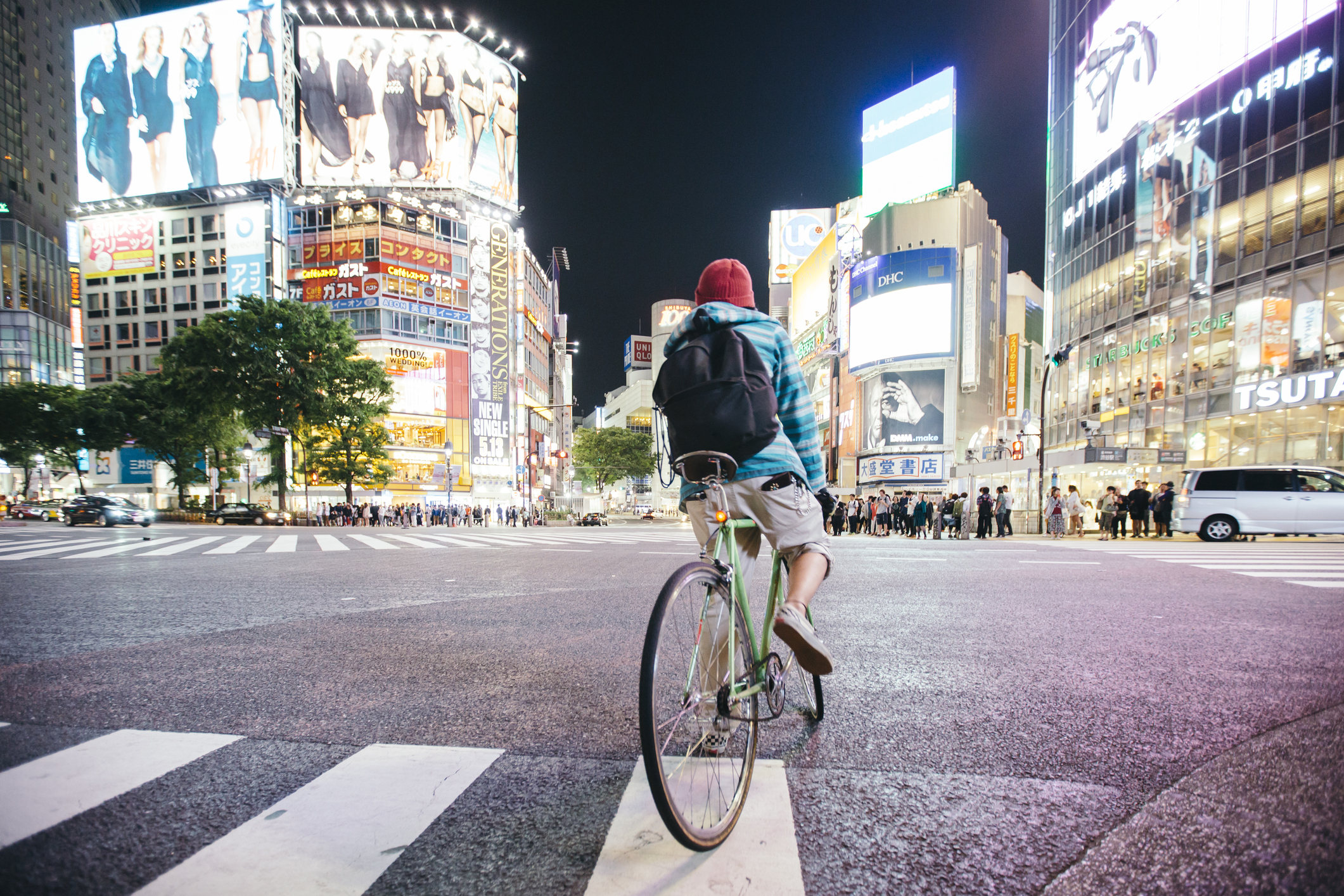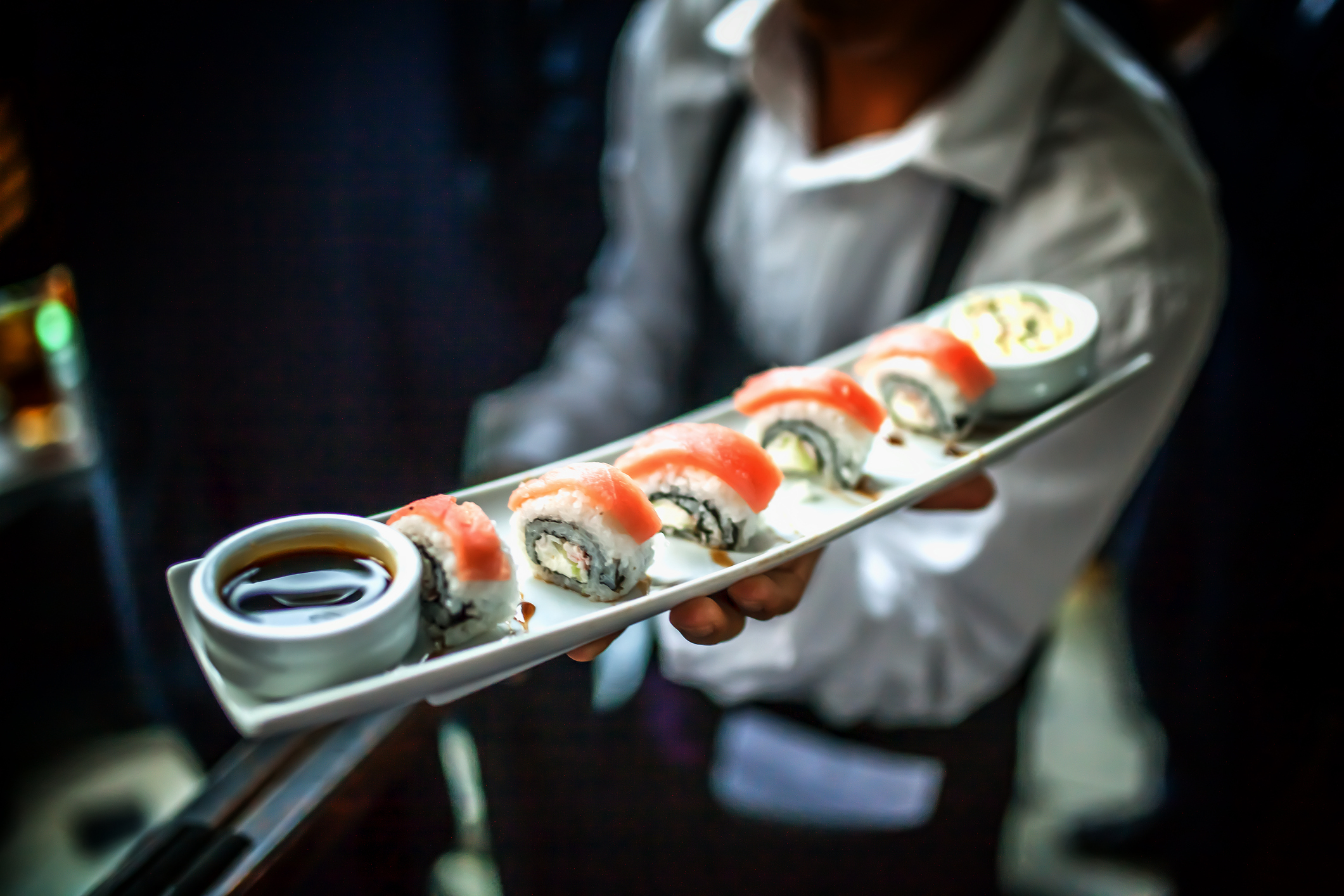Getting lost in a new city is inevitable but also part of the fun –preparing yourself for it means you’ll be in the right frame of mind to embrace whatever the city throws at you.
There is a Japanese proverb that says, ‘a wise man does not lose his way, a brave man does not fear’. No truer statement was made about vacationing in Tokyo. Though others might advise you against visiting this vast metropolis without planning ahead, the wild at heart know to throw off the shackles of wisdom and brave the streets of Tokyo with a zest for life and a fearless attitude towards adventure. With a few tips from the locals, you will get around in Tokyo in style.
1. Learn a few words
This first tip is not unique to Tokyo, but it is crucial. Wherever you travel in the world it is both practical and polite to learn a few local phrases to get by and ingratiate yourself. “Sumimasen” can be used in many situations, be it to get the attention of waiters and shop assistants, and to say “excuse me”, “pardon me” or even “thank you”. “Nihongo ga wakarimasen” means you don’t understand Japanese and can be useful for requesting someone to speak English – even if broken. Look up some useful words and phrases ahead of your trip, practise them and keep a little cheat sheet in cases of emergency.
The best vacations are those that offer new and unexpected experiences. Let go of your map and follow your instincts in Tokyo.
2. Explore Tokyo on foot or on a bicycle
Ask any traveller and they’ll tell you that the best way to explore a new city is to just walk around aimlessly. Of course, you will need to learn some useful words and phrases pertaining to directions beforehand. See if you can befriend a local traveller to help you with complex directions.
Another exciting cheap way for tourists to get around is via cycling. Though the routes for cycling are not as mapped out as in London or Amsterdam, it is generally a safe mode of transport in Tokyo. There are even bike rentals and bicycle sharing networks where visitors can purchase a one-day pass to borrow the bicycles and return them at any of the ports in the network.
Remember that when walking or cycling you need to stay left. On footpaths and walkways, swerve to the left to avoid other pedestrians. On stairs, escalators and even in crowded trains, keep left when you’re moving around.
3. Eat like a local
There are more Michelin-starred restaurants in Tokyo that you can poke a chopstick at, but they can be difficult to book. Instead look out for micro-sushi counters, mostly found within train stations. Umegaoka sushi no Midori on the fourth floor of Shibuya station is an excellent choice with super fresh fish of all varieties. Arrive before hunger strikes and expect to wait for a seat.
As a handy tip to minimise waiting times, make reservations early and with the help of someone who speaks Japanese. You can even get the ever-helpful hotel concierge to reserve for you.
If raw isn’t your deal, look out for Ore-No restaurants (Ore-No Italian, Ore-No French and so on). This is a rather new concept in Tokyo, where Michelin-starred chefs serve up their versions of famous cuisines (ore no means ‘my’) using premium ingredients such as foie gras, lobster, wagyu beef and lobster for around S$40 per person. The most unique part of this experience? You have to eat standing.
4. Get out of town
In a city as sprawling as Tokyo, you can get caught up in the main streets and city centre. Take the time to visit old town areas such as Shitamachi, where you’re more likely to find some traditional Japanese culture. It’s easily accessible via public transportation, and the Shitamachi Museum in Ueno offers interesting and vibrant glimpses into the culture, lifestyle, architecture and environment of a bygone era.
5. Take the train
Tokyo is renowned for having one of the best metro networks in the world. While it makes the city accessible to travellers, it also has its complexities. Consult the maps and diagrams available in all stations to figure out how to get to your next destination.
Even a small station will have multiple exits that will take you to different streets or train transfer points. In the bigger stations, long walks in search of exits can be avoided with a map. While it technically breaks the rule of ‘Tokyo’ without a map’, we won’t tell anyone that you peeked at them to get the best Tokyo metro experience.
The best vacations are those that offer new and unexpected experiences. Let go of your map and follow your instincts in Tokyo. You’ll discover an experience worth treasuring.
Shop before you fly!
Shop 30 days in advance and up to 12 hours before your flight at the comfort of your own home. Plus, enjoy tax and duty-free prices and online-exclusive offers. Shop now at iShopChangi!
Be rewarded when you shop at Changi!
Leap into a world of exclusive privileges as a Changi Rewards member. Enjoy GST-absorption for your purchases at participating outlets in the public areas of the airport and more. Sign up for the FREE membership here.
WiFi routers, travel insurance, attraction tickets and more!
Specially curated to meet your travelling needs, Changi Recommends offers an extensive range of travel necessities such as WiFi routers, travel insurance and more to help you get ready for your holiday. Shop now at Changi Recommends!
Best time to visit
The best time to visit Tokyo is between September and November. Summer is peak tourist season.
Transportation
Public transport on Tokyo trains is the best and most convenient way to get around.
Currency
The Japanese Yen. ATMs are conveniently located around the city as well as foreign exchange converters.
Book Now
Fly directly to Tokyo via 6 airlines from Changi Airport. Search for airfare deals and book your tickets now!






